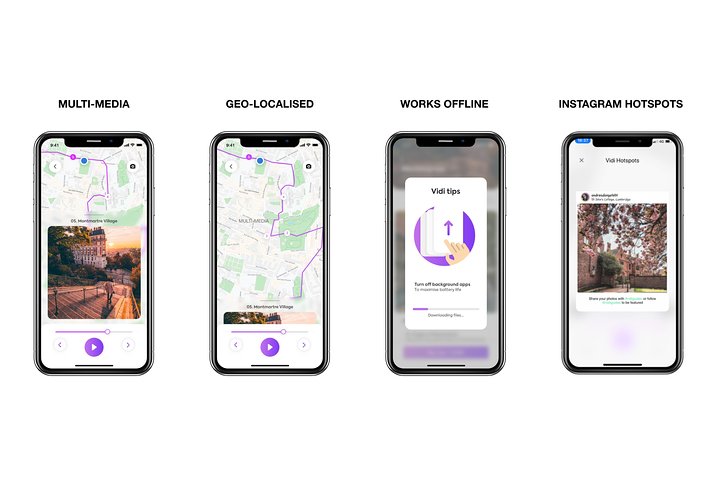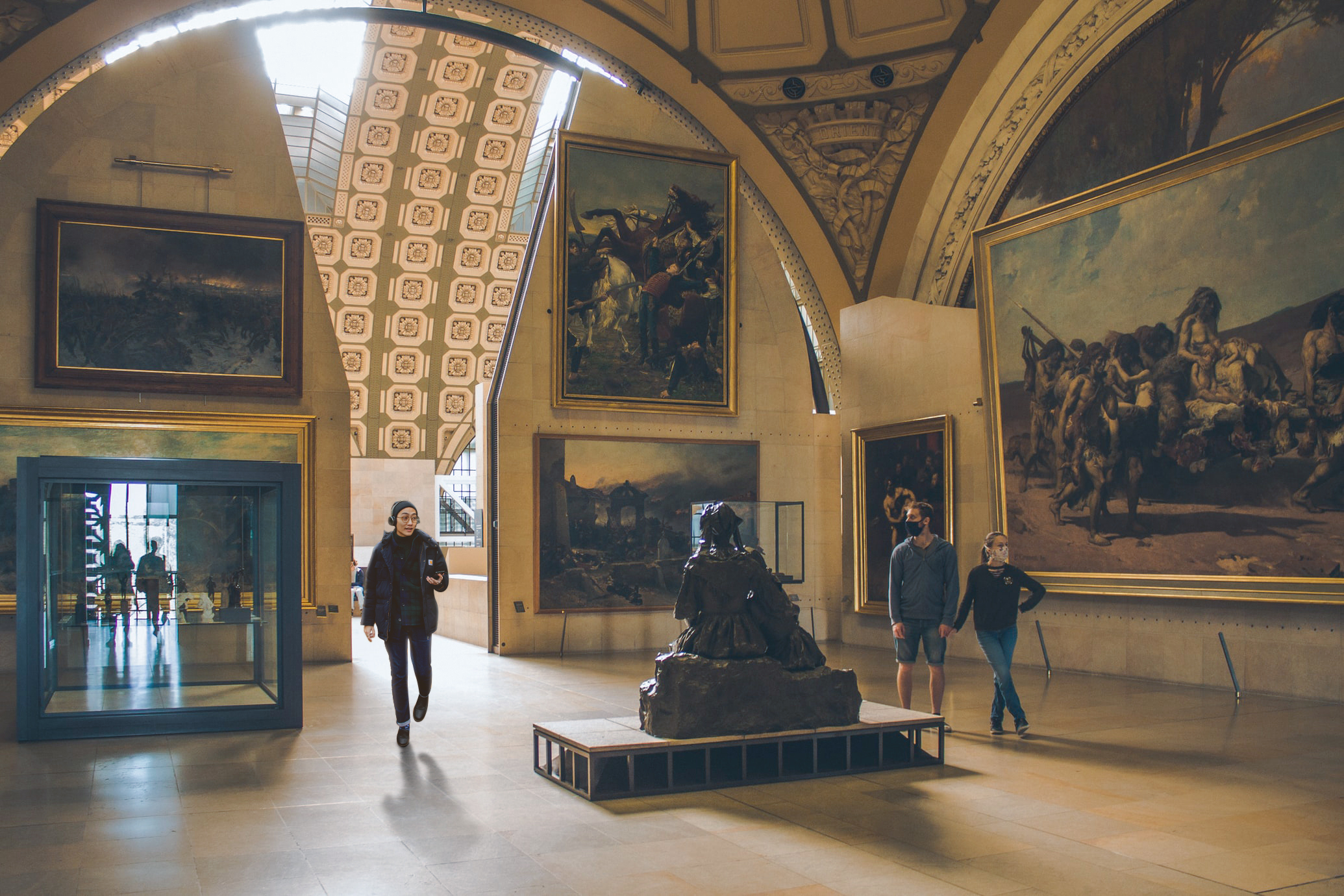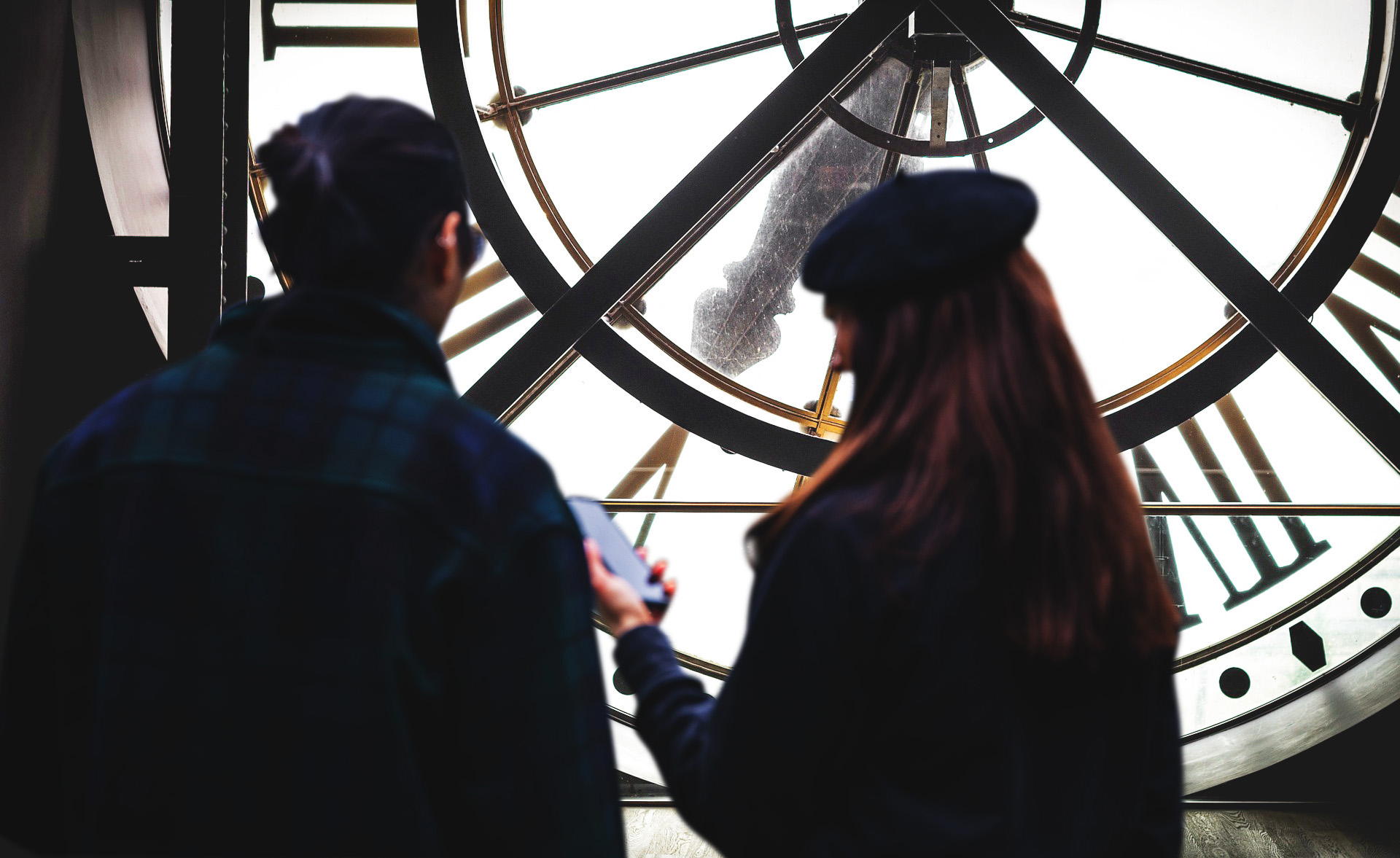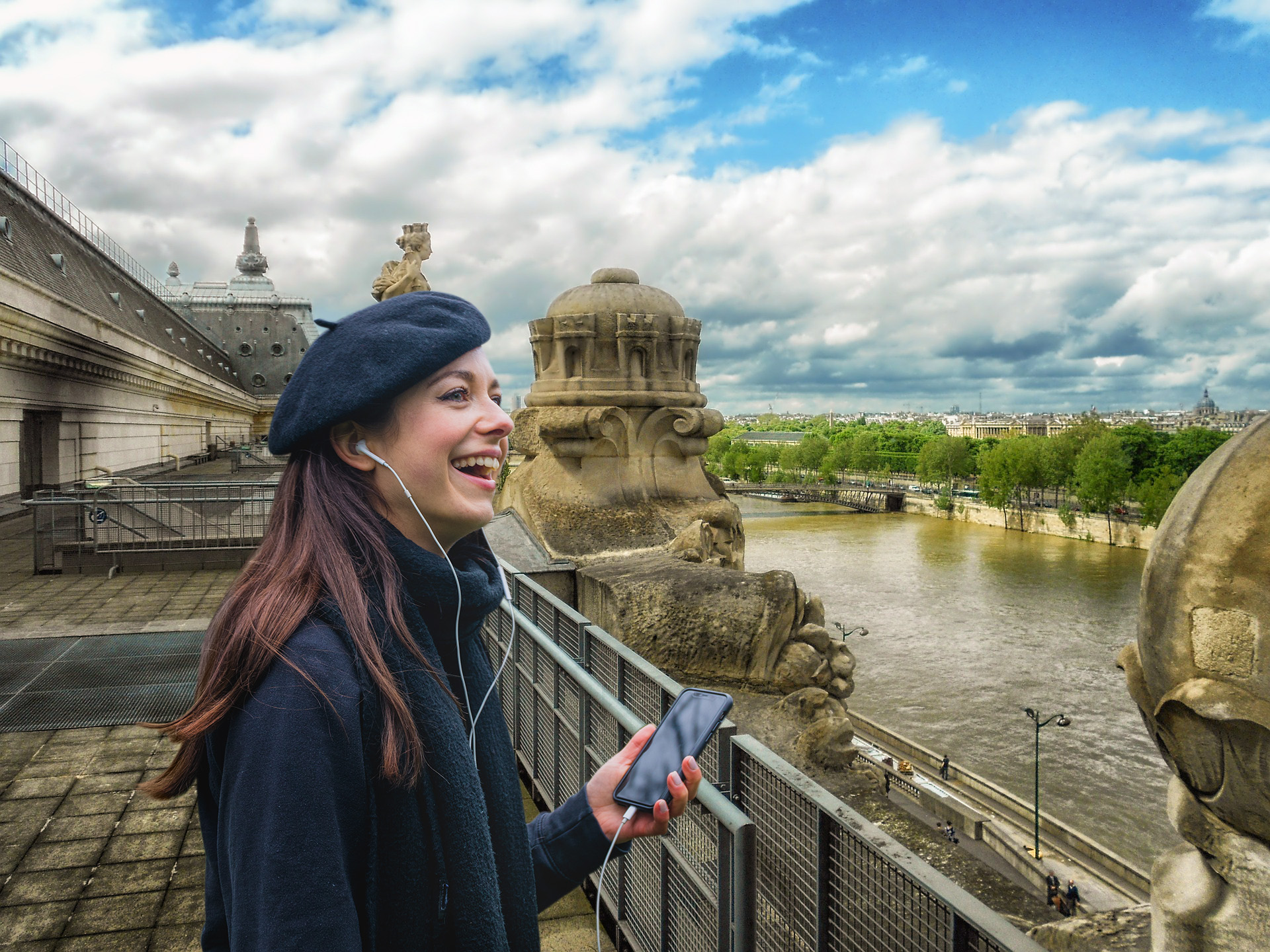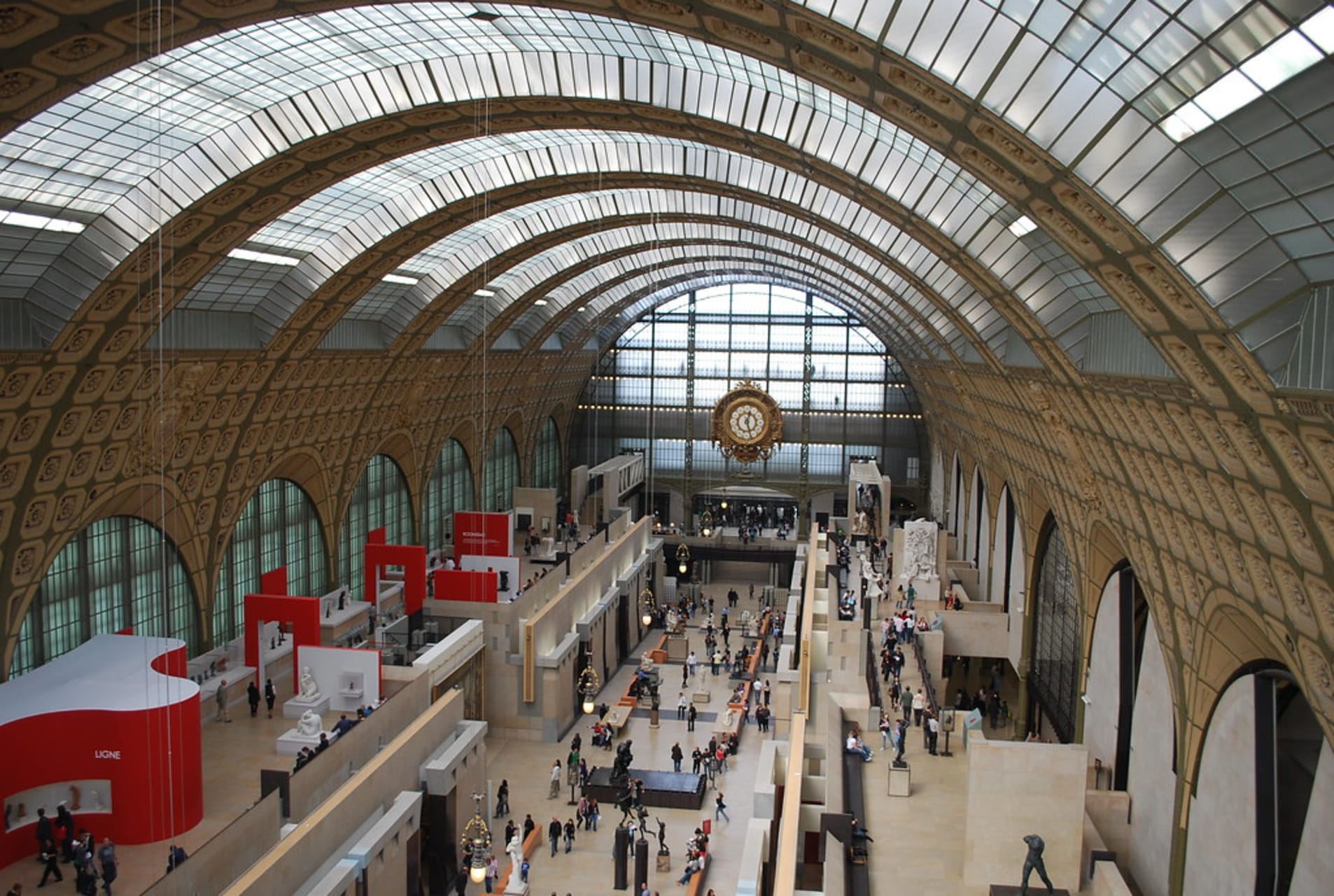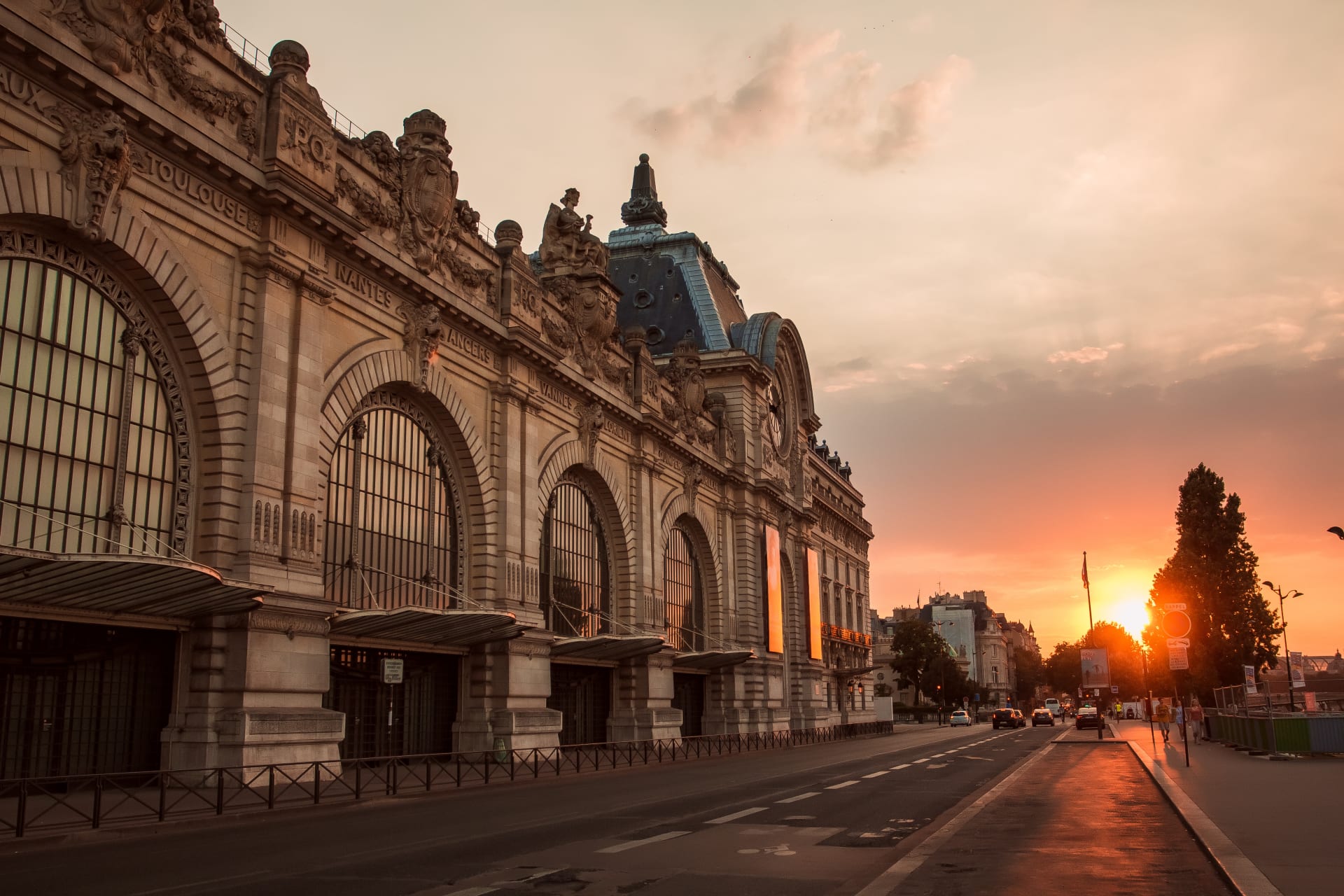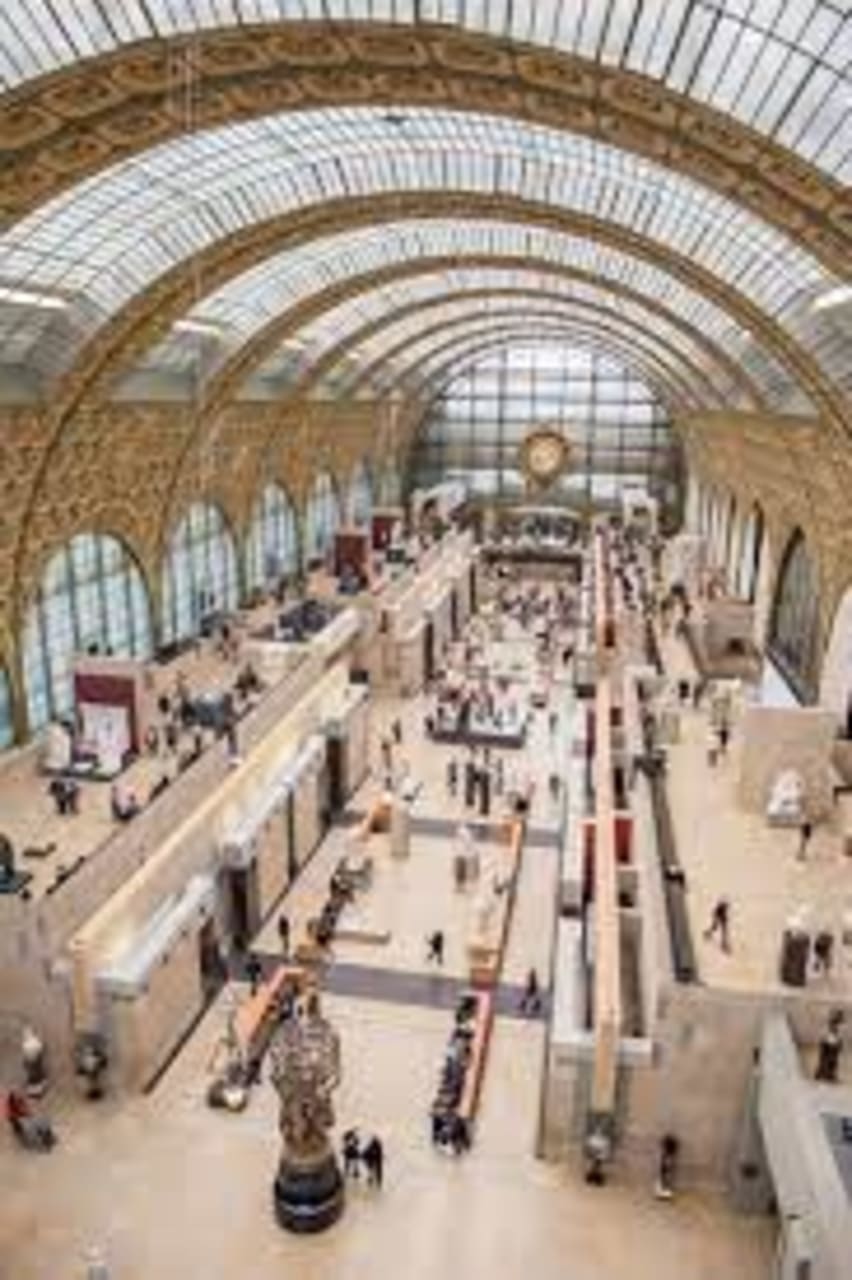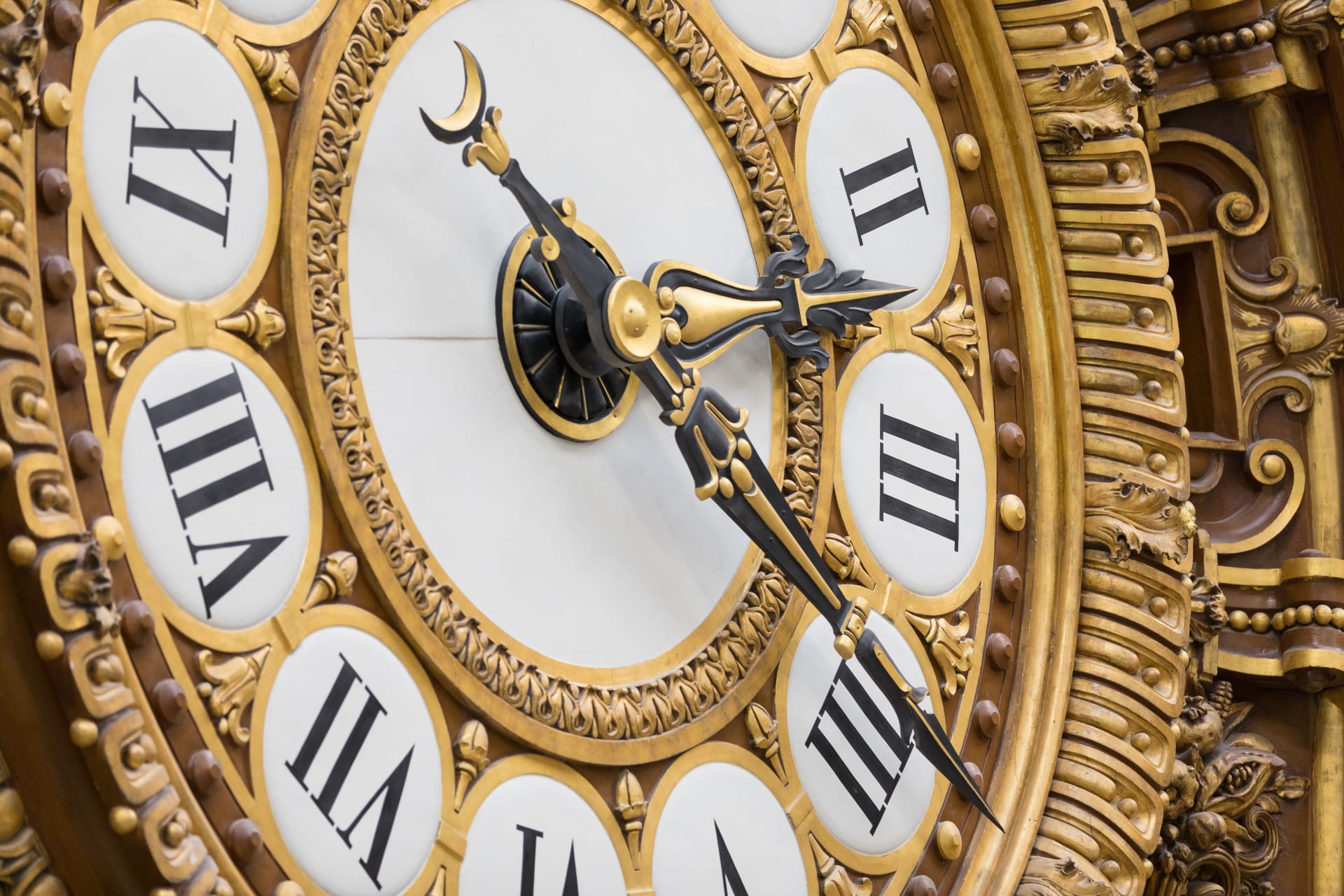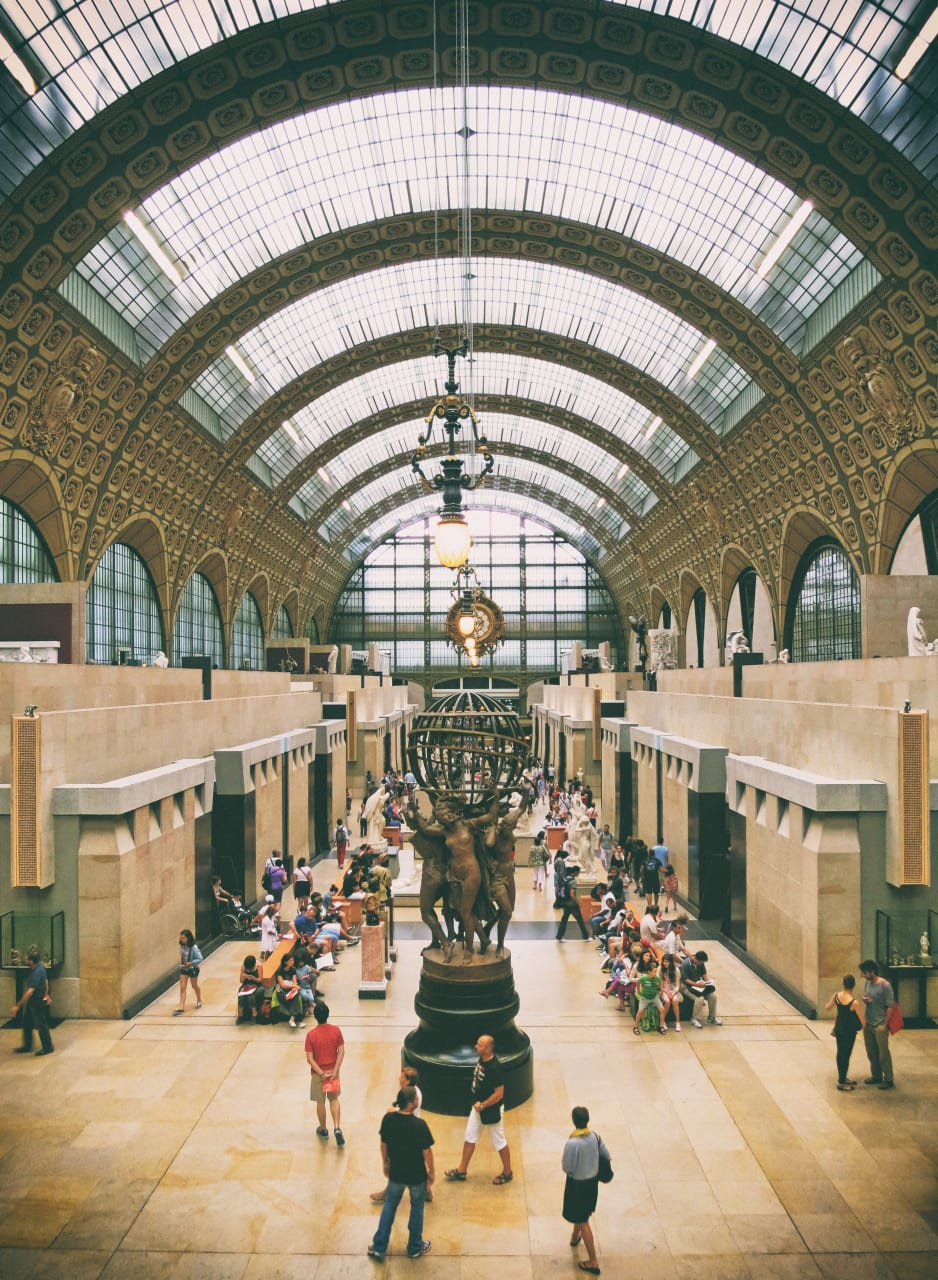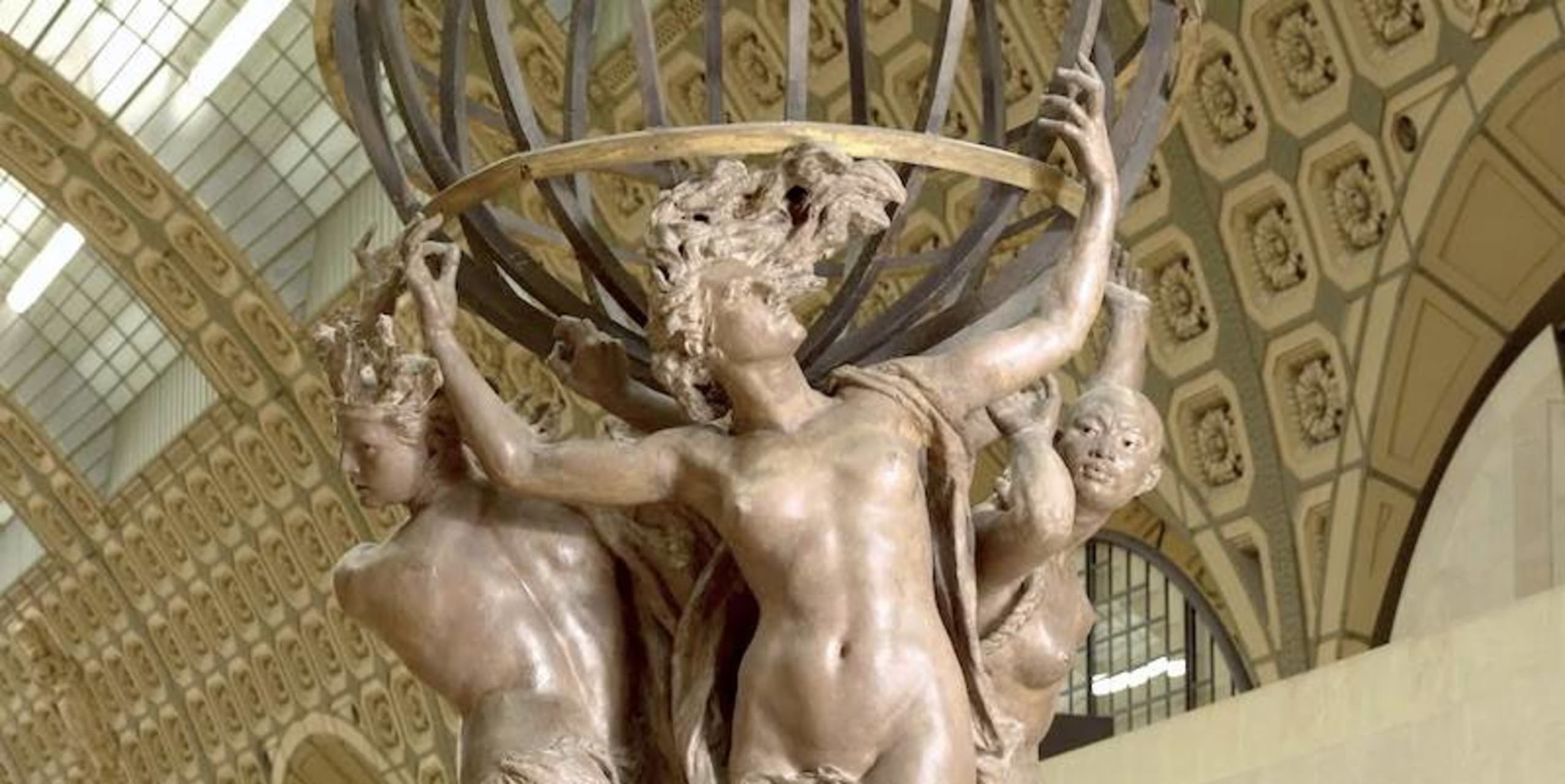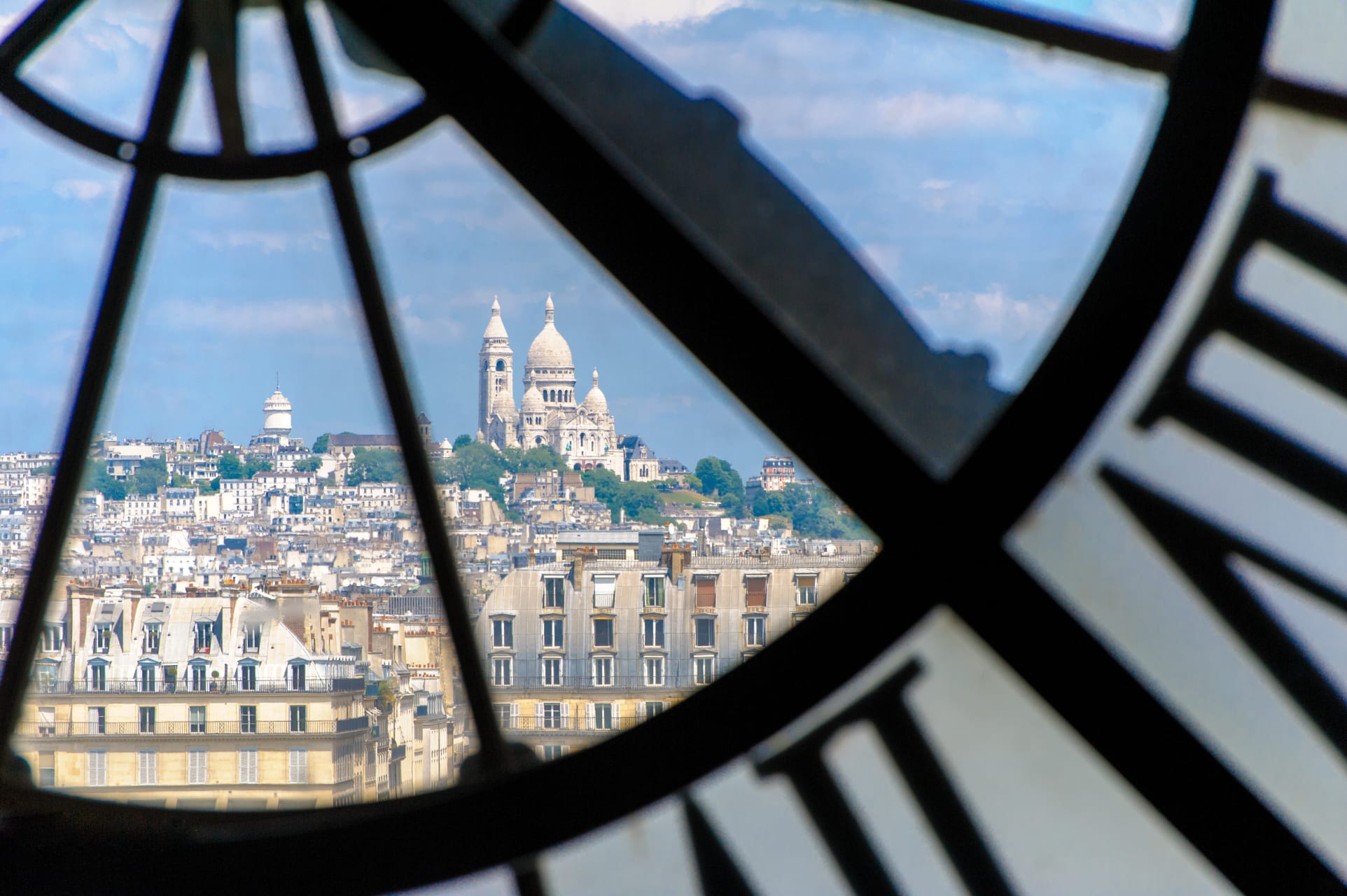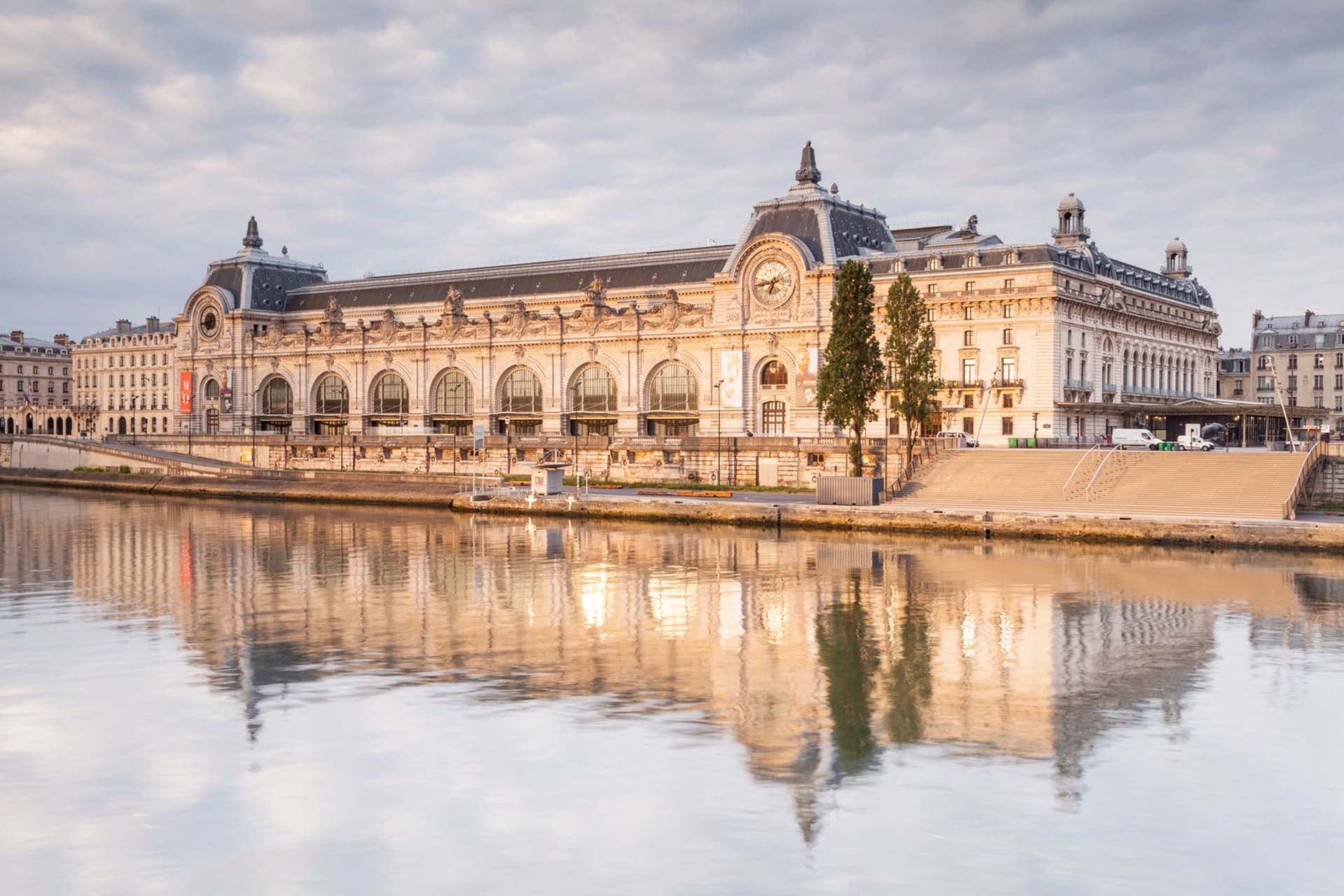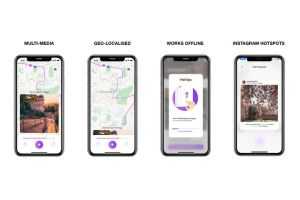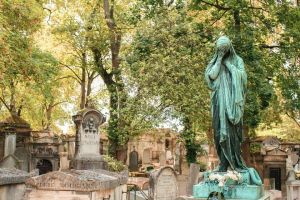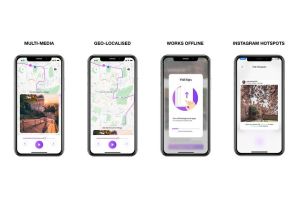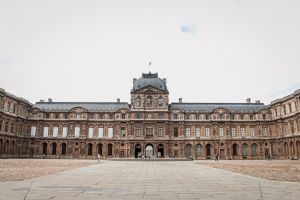Welcome to the Musée D’Orsay, home to the world’s richest collection of impressionist and post-impressionist art
Explore Musée D’Orsay Like a Local Self-Guided Walking Tour
- Offline Mode: Download tours and listen without WiFi
- Location Aware: GPS map allows you to enjoy the sites
- Instagram Hotspots: We find the perfect picture spots
- Enjoy a private experience in a COVID-19 safe environment
Leave the tourist trail behind on this tour of Musée d’Orsay, as you uncover the world’s richest collection of impressionist and post-impressionist art!
Join a local historian on this private tour, who will guide you through an adventure of discovering the secret stories behind the artists of the 18th, 19th and 20th centuries, such as Alexandre Cabanel, Édouard Manet, Jean Francois Millet, Edgar DeGas, Claude Monet, Pierre-Auguste Renoir and Vincent Van Gogh.
Unravel the history behind this iconic sightseeing spot and its connection to the 1900 World Fair, as you discover the meaning behind La Belle Époque and why Paris was the beating cultural heart of the planet.
Experience this iconic key attraction of France and get up close to one of the most visited museums in the world in this cultural adventure in this must-see historic site.
The tour starts just outside the Musee D’Orsay as we explore its historical context. If you look along the entire façade, you’ll find names of French cities that you could travel to when this was a station. It was built in 1900 and was the first urban electrified railway station in the world! Learn about the period known as La Belle Epoque, what many consider to be the Golden Age of Europe, which began in 1871 and ended at the beginning of the First World War, in 1914.
Head inside the grand entrance of the museum and into the Main Hall. You should be overlooking the vast main gallery filled with early 19th century art and traditional sculptures of unclothed figures dotted about. Despite looking like classical Roman or Greek sculptures, this is the perfect starting point for our journey through Impressionism.
These statues are examples of classical art – it’s the conservative art form that remained popular in France throughout much of the 1800s. Whilst Europe was entering the modern industrial age, it still clung on to its past with traditional attitudes and morals. And the same was true of its art - this was the “accepted” art form of most of the 18th century.
Get a closer look at accepted art with ‘The Birth of Venus’ by Alexandre Cabanel. This was painted in 1863 and was the standout success of its age. The painting was immediately snapped up by Napoleon 3rd for his own personal collection and Cabanel was made a professor of the Ecole des Beaux-Arts the year after exhibiting this painting.
Start to delve into the Impressionists with Édouard Manet’s ‘Olympia’, Jean Francois Millet’s ‘Gleaners’ and Claude Monet’s ‘Haystacks’. All of these are examples of how art was changing in the late 19th century. In the 1870’s a journalist dismissed one of Claude Monet’s works as not a painting, but rather an ‘impression’- using the term pejoratively. And of course, Monet and his band of rebel artists decided to take that insult and wear it as a badge of honour – first, by naming a painting after it, and later by naming the entire movement after the term, impression.
Head up to the museum’s fifth floor and get a spectacular view of the building from above. Learn about this Orsay’s architecture. Thanks to the building’s proximity to the Louvre and Tuileries across the river. The architects wanted to conceal the metal structure of the station, so they enrolled it in a limestone exterior to preserve the architectural harmony with its neighbour across the river. And because the trains were electrified and not powered by steam nor smoke, the architect was able to enclose the whole space with a glass roof – which was spectacular for a train station at the time!
Head back to the artists and visit works from Manet, Renoir, DeGas, Cezanne and more Monet. Learn more about their artistic style and technique. Monet, for example, spent hours studying the light to know just what pigments he would need to recreate the quality of reflected light. He’d sit by his window in Rouen, and wait for sunrise, and then paint furiously for a few minutes to capture the scene in-front of him, and then move on to another canvas as the light changed.
Finish the tour with Vincent van Gogh, was a Dutch painter who we’d label as post-impressionist. He was born in 1853, into an upper-middle class family. He struggled with mental health and depression from a very young age, and jumped between callings: from art dealer, to pastor, to teacher, to religious missionary. None of these ever worked out for poor Vincent, and he’d inevitably move back to his parent’s, and find solace in painting. His early work were mostly still-lifes and depictions of working-class laborers – without any of the vivid colours that would come to define his later work. But, in 1886, everything changed when his younger brother, Theo, invited him to stay with him in Montmartre.
The Vidi Guides experience is enriched with on-screen photos and videos. We also point out where to take the perfect Instagram photos during the tour, and include recommendations for food, drinks, and local attractions. Don't worry, none of our recommendations are sponsored - they are simply favourites of the locals who helped craft the experience.
Vidi Guides creates immersive audio experiences that are like podcasts. This is a self-guided audio tour that can be started or stopped at your own convenience. Download the Vidi Guides app & your tour to explore the area independently and safely! Make sure to download your tour before your visit to streamline your trip!
- Access to your self-guided audio tour
- Audio tour provided by a local or historian
- Offline Mode: Download tours in advance to listen without WiFi
- Location Aware: GPS map allows you to enjoy sites, without getting lost
- Instagram Hotspots: We find the spot for your perfect picture
- Entrance tickets to Musée d'Orsay
- Earphones
- Mobile device
Start Location: 1 Rue de la Légion d'Honneur, Paris, FR
End Location: 1 Rue de la Légion d'Honneur, Paris, FR
- This product is suitable for all ages
- Do it at your own pace. This product is suitable for all fitness levels
- English speaking Audio guide only
- You will need to bring your own mobile phone
- You will need to bring your own headset/earphones
Cancellation Cutoff: 24 hours
Cancellation Notes: Up to 24 hours before the beginning of the activity: full refund Less than 24 hours before the beginning of the activity or no-show: no refund
| RETAIL PRICE | |
|---|---|
| Adult (5 - 100 years) | £4.99 |
- Duration: 1 hour - 6 hours
- Trip difficulty: Easy
- Category: Tours & Sightseeing
